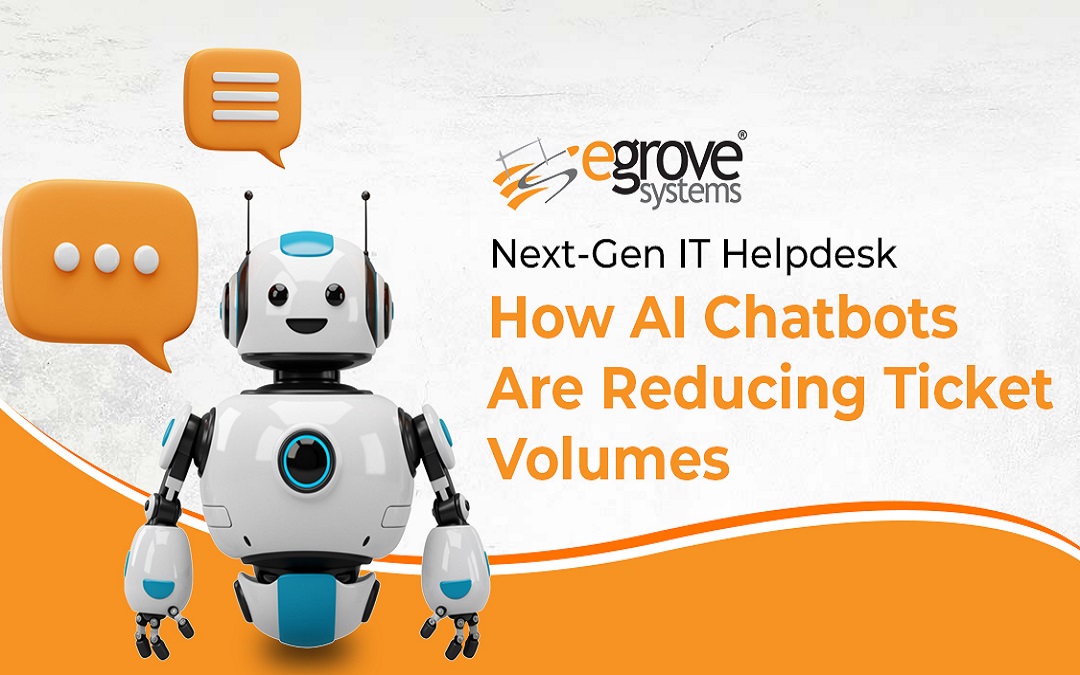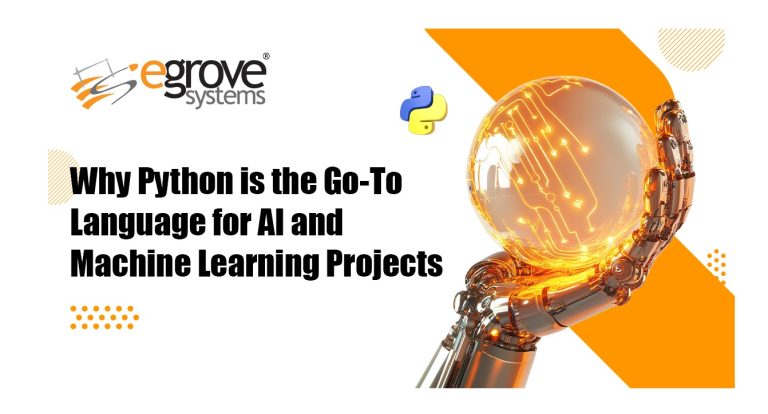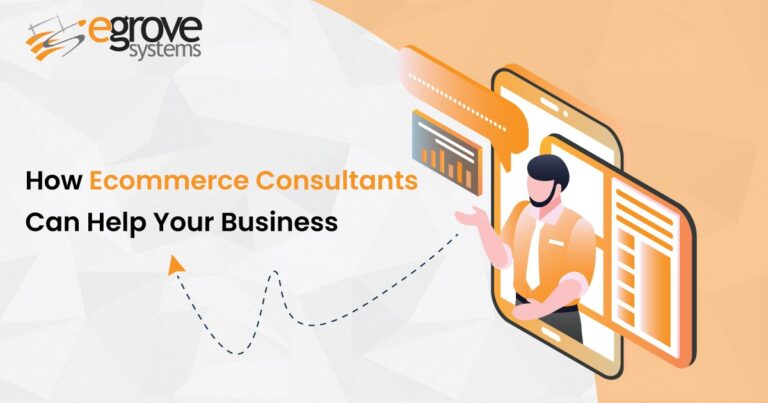In the digital era, the workplace and the customers demand speed. Quick service and fast support are basic expectations now, and AI helpdesk automation helps in achieving just that. No longer do employees want to wait hours to get a simple problem resolved, and as a result, IT helpdesks face intense pressure. Chatbots powered by AI are the saviors in this modern landscape, helping minimize ticket volumes by offering speedy responses, allowing the human workforce to focus on more pressing issues.
Reasons Behind Rising Ticket Volumes
IT helpdesks are not facing grave challenges in keeping up because people are less technologically savvy. They are under pressure because technology is ubiquitous. More tools equal more problems, more access requests, and more complexity. Some of the leading causes of ticket overload are:
- Repetitive, low-value issues: Password resets, account unlocks, printing errors.
- Onboarding/offboarding churn: Setups, access, and training are required for every new hire. Revocations and deprovisioning are needed for every exit.
- 24/7 work environments: Global teams create problems at every time zone, jamming unattended helpdesks.
- Poor documentation and knowledge bases: If users can’t figure it out for themselves, they submit tickets. A weak self-service portal engenders additional volume.
- Shadow IT: Workers utilize unapproved software or apps, creating tickets that IT is not prepared to handle.
The outcome of this is burnout. Agents spend their entire day fighting simple problems rather than working on intricate, strategic IT projects.
Advantages of AI Chatbots
IT chatbot support has come to the rescue for IT helpdesk agents in many ways. Some of its advantages include:
- Automating Routine Requests
Bots assume responsibility for low-effort but high-volume tasks, such as password resetting, account reopening, and FAQs. This leaves human agents from wasting hours on the same calls. Some sources indicate that Level 1 and Level 2 queries account for the most significant portion of the workload transferred.
- 24/7 Availability and Instant Response
Bots don’t sleep. They process questions after work hours, so first-line support is always on hand. That lessens the morning or post-weekend ticket bundle rush. For staff, real-time answers trump waiting for a response.
- Ticket Deflection and Self-Service
Chatbots will either direct users to manuals or knowledge base articles or automatically fix minor issues.
- Optimized Routing and Triage
If the user does need assistance, the bot collects contextual information that describes the type of device, error codes, and urgency. This contextual information can be used to categorize tickets better and escalate tickets when it makes sense.
- Predictive Trends and Insights from Data
Chatbots collect a ton of metadata about what users are asking for, what issues are happening and when peaks in activity occur. Helpdesk staff can see trends and address the underlying causes and reduce future ticket creation.
AI Chatbot Challenges
Chatbots are great but they have their own issues.
- Impersonal: Bots are good for general support but there’s still an expectation of empathy and understanding especially when cases are complex.
- Limited understanding: NLP has little to no clue about jargon, cultural references, dialects, typos or specific technical issues.
- Security/Data Privacy: Tickets usually contain internal data; poorly configured or vendor managed chatbots can lose data. Data management and logging is key if the data is client sensitive and role permissions managing the ticketing process.
- User resistance/gatekeeper aversion: Some employees dislike bots, as bots can be impersonal, or they believe that using a bot means the organization is trying to avoid assistance. Providing bots with a simple fallback to real agents is critical.
Best Practices for AI Chatbots in Helpdesk
If organizations are going to derive real value in third-party AI chatbots for developing a competent IT helpdesk, here are some time-proven practices:
- Start small and focus on specific use cases: Begin with low-hanging fruit—for example, a few simple-to-measure, repetitive tasks, such as password reset, FAQs, etc. Having specificity makes the progress and outcomes easy to measure.
- Integrate knowledge base: Bots must have a clean, current internal KB to respond with good answers to user questions.
- Smart escalation and fallback: Whenever the bot has low confidence in a user’s input or it is too verbose to determine whether the request is complex or straightforward, the bot automatically routes the request to a human.
- Transparent capability messaging: Clearly state what the bot can and cannot do. Users do not like confusion.
- Persistent Training and Feedback: Use real ticket data to improve NLP and flows. Train again for new types of problems.
- Monitoring Metrics: The key metrics are the number of tickets deflected, bot vs human time to resolve, user satisfaction score, and bot error rate.
- Embed security: Access restrictions, data encryption, and audit logs are easy to facilitate.
Beyond Efficiency
Reducing the number of tickets is only part of the story. AI chatbots are starting to differentiate the organization competitively.
- Cost savings: Resolving each ticket through manual intervention is expensive. By utilizing automated ticket resolution, organizations can reduce costs and save money.
- Staff experience: The fast response keeps staff engaged. Nobody really enjoys waiting days for their password reset.
- Increases agent experience: Now, an agent has more time for engaging and productive work versus tedious, repetitive tasks.
Potential In the Future
AI Chatbots are moving fast. In the near future, voice activated IT support will be everywhere. Bots that will proactively offer support to identify an issue before you know there is one, or hyper personalization to help with troubleshooting. Generative AI will be key to transitioning IT support from reactive to predictive, as bots create and display personalized scripts or documents on how to troubleshoot or auto configure devices.
Conclusion
AI chatbots have moved from being a nice to have for IT helpdesks to being the foundation of modern support. By answering repeat questions, enhancing self service and proactive troubleshooting, they reduce ticket volume and increase employee satisfaction. The magic is in the balance: chatbots scale and humans add empathy and deep problem solving. And together they build faster, smarter and more resilient IT support, turning helpdesks from reactive problem fixers into business enablers.







